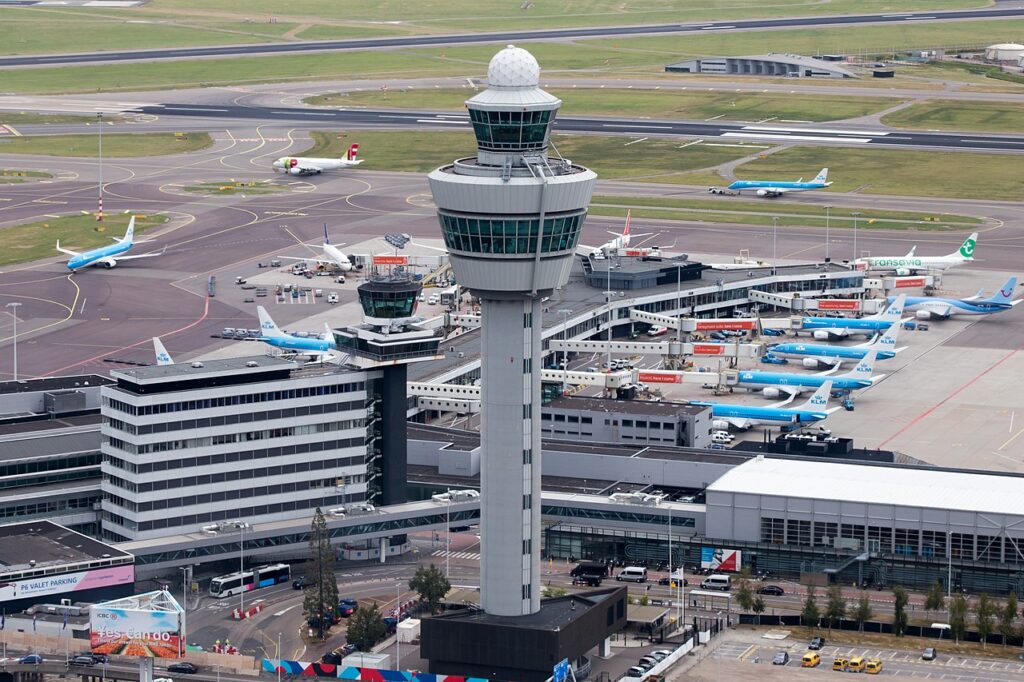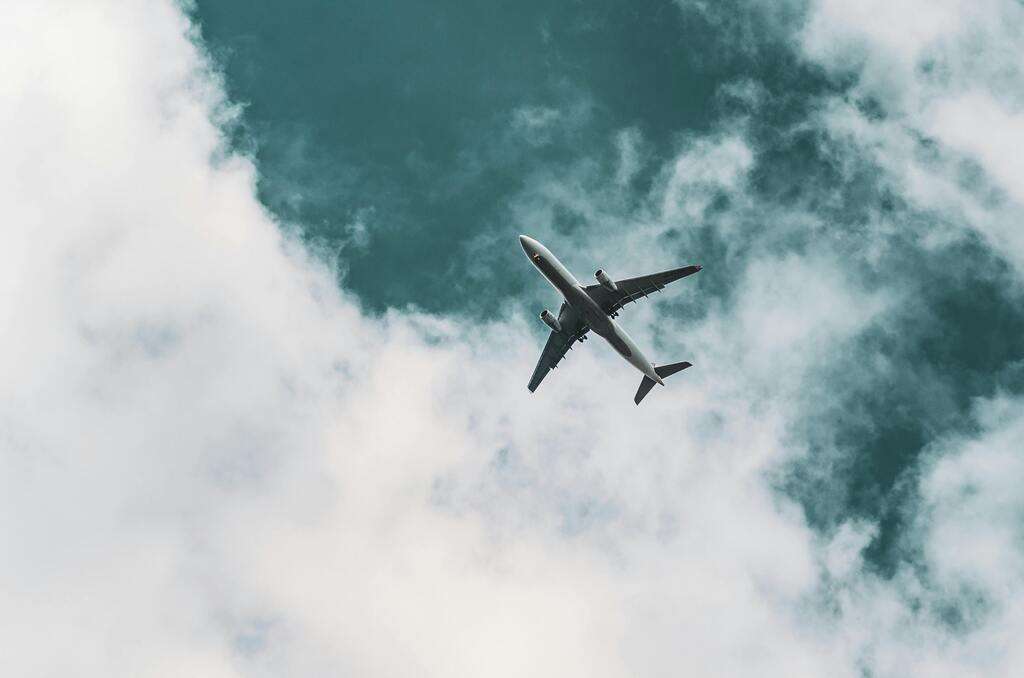The International Air Transport Association (IATA) has launched a scathing attack on a proposed amendment to the Single European Sky (SES) 2+ package, claiming it undermines the program’s core objectives.
The SES initiative, launched in 1999, strives to modernize European airspace air traffic management (ATM) by creating a unified airspace.
This is a stark contrast to the current fragmented system defined by national borders. This fragmentation leads to inefficiencies, forcing flights to take longer routes due to airspace restrictions.
Tackling Europe’s Airspace Problems
The SES initiative, launched in 1999, tackles a fundamental problem: Europe’s airspace is currently a patchwork quilt defined by national borders.
Imagine driving across Europe, but instead of smooth motorways, you encounter toll booths and detours at every country line.
This fragmentation in the sky creates inefficiencies. Flights are forced to take circuitous routes to avoid airspace restrictions, leading to delays, wasted fuel, and unnecessary carbon emissions.
The SES program aspires to create a unified European airspace. Think of it as a seamless network of highways in the sky.

Benefits of the SES System
Under SES, air traffic control would be optimized across borders, allowing for more direct flight paths and smoother traffic flow. This would translate into significant benefits for everyone involved:
- Passengers: Shorter flight times and potentially lower ticket prices due to reduced costs for airlines.
- Airlines: Increased efficiency translates to cost savings and a more competitive industry.
- Environment: Reducing unnecessary flight paths leads to a significant decrease in fuel burn and CO2 emissions.
The ambitious SES program promised significant improvements for European air travel. By streamlining ATM, the vision was to triple airspace capacity, halve costs, achieve a tenfold increase in safety, and reduce aviation’s environmental impact by 10%.
However, IATA vehemently argues that the proposed compromise by the European Union member states falls far short of these goals.

Failure with a ‘Grubby Deal’
“Failure,” declared Willie Walsh, IATA’s Director General. He criticized the plan as a “grubby deal” prioritizing narrow national interests over a truly unified European approach.
IATA fears the compromise will create unnecessary bureaucracy with “useless jobs” while failing to deliver on the program’s potential.
The consequences, according to IATA, are dire. Travelers face the prospect of increased delays and higher costs due to continued inefficiencies. Furthermore, the environmental benefits envisioned by SES – a 10% reduction in emissions – will remain unrealized.
Walsh concluded with a powerful statement: “This is a deal that should not be done. Oblivious to the consequences, those involved will likely celebrate their achievement. Meanwhile, travelers, the environment, and airlines will be left to pay the price.”

The Path Ahead for the Single European Sky
IATA’s strong criticism highlights the ongoing challenges facing the SES program. Achieving successful collaboration among European stakeholders and securing continued investment are crucial for its progress.
While the proposed amendments may not be ideal, they could still represent a step forward. Incremental progress, with a renewed commitment to the program’s original goals, could pave the way for a more efficient European airspace in the long run.
The debate surrounding the SES 2+ package underscores the importance of striking a balance between national interests and a unified European approach.
With continued dialogue and a focus on long-term benefits, Europe can still achieve the ambitious goals envisioned by the Single European Sky program.

Click the banner to subscribe to our weekly newsleter.

Click the photo to join our WhatsApp channel so then you can stay up to date with everything going on in the aviation industry!









